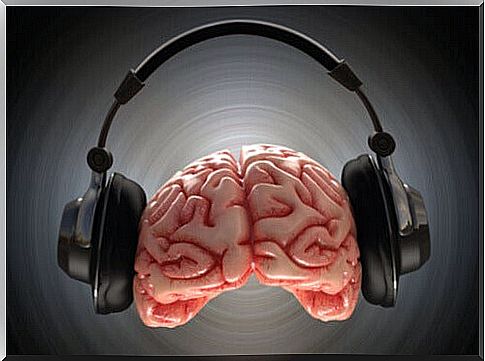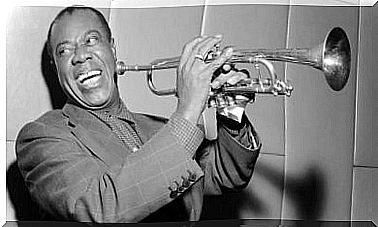Are Binaural Sounds Beneficial?

Some people define binaural sounds as the new “technological drug”. The purpose of this auditory phenomenon is to create a sense of three-dimensionality in our brain. This effect is achieved by generating two types of slightly different sound frequencies in each ear through headphones. Thus, we end up noticing a third sound, which in turn causes a series of sensations.
These sensory stimuli range from calm and well-being to tickling. What this type of experience generates varies greatly from person to person. However, what seems clear is that almost no one remains indifferent.
Binaural sounds have become fashionable to the point that so-called sound wave therapy has emerged as an alternative approach to treating anxiety and stress states.
There are no 100% conclusive studies to confirm its effectiveness, which means that binaural beat therapy is currently in an experimental phase. That doesn’t stop thousands of people from using this practice daily to relax, reduce insomnia, improve their concentration, or simply experience pleasure.
The I-Doser program , created by a psychologist specializing in audio and music, defines binaural sounds as something addictive that produces enormous pleasure. Hence, they were defined as the new digital drug. The experts agree that they can improve mood, although in most of the cases this is just a matter of suggestibility.
Let’s dig a little deeper into this topic.

Binaural sounds, a phenomenon with historical background
Binaural sounds derive from the fact that the right and left ears receive a tone of slightly different frequency, but the brain perceives them as a single, more accelerated and particularly pleasant tone. For example, hearing a frequency of 120 Hertz (Hz) in one ear and 132 in the other would produce a 12 Hz binaural sound.
This may sound sophisticated, but it’s not new to the world of science. Heinrich Wilhelm Dove , a Prussian physicist, made this discovery in 1839. He noticed that something as simple as hearing constant tones played at slightly different frequencies in each ear made the person perceive a different sound. Dr. Dove defined this as “binaural beat”.
Since then, binaural beats have been used experimentally in clinical settings. Attempts were made to see if they improved the quality of sleep while reducing the feeling of anxiety. The results have been very variable over the last few decades, as this method works for some, while others are indifferent to it.
Let’s see what science says.
Binaural sounds to reduce anxiety and physical pain
Some people use binaural sounds to reduce anxiety. People who suffer from pain due to injuries, joint problems or even migraines also resort to this type of therapy.
In a study carried out at the Department of Behavioral Sciences at the National University of Distance Education (UNED), Dr. Miguel García found a medium degree of effectiveness. This is because binaural sounds were only effective in a limited number of patients. After two weeks listening to binaural sounds for 20 minutes, 26% reduced their anxiety levels and their perception of pain.

Binaural Beat Therapy for Insomnia
Research on binaural sounds applied to patients with insomnia problems is more significant. Studies, such as the one carried out at the Iuliu Hațieganu University of Medicine and Pharmacy in Cluj-Napoca, Romania, support its effectiveness in one very specific aspect: it can help us fall asleep faster.
There are no conclusive data so far regarding its ability to avoid frequent awakenings or favor a more restorative and deeper sleep. Again, differences arise, as binaural sounds helped some to improve their quality of life by favoring nighttime rest, while other patients did not improve.
Relaxation and mood improvement
Listening to binaural sounds for 10 minutes every day at a frequency of 6 Hz can improve mood. This is because they generate a sensation in the brain similar to a meditation session. The person therefore feels more relaxed and receptive to the environment. In addition, she gets a sense of serenity and balance that can increase motivation and positivity.
All of this means a series of improvements that might seem very interesting. However, we emphasize what most of the research points out: there is a lot of variability. Therefore, more studies are needed to understand the changes they cause at the brain level. In this way, people can benefit significantly from this type of therapy.
The fact that the data is inconclusive does not make binaural sounds any less interesting. We can listen to them to find out what sensations they cause in us. Just have a good headset and play any of the videos found on YouTube about this subject. It is always beneficial to dive into the curious universe of sounds.









